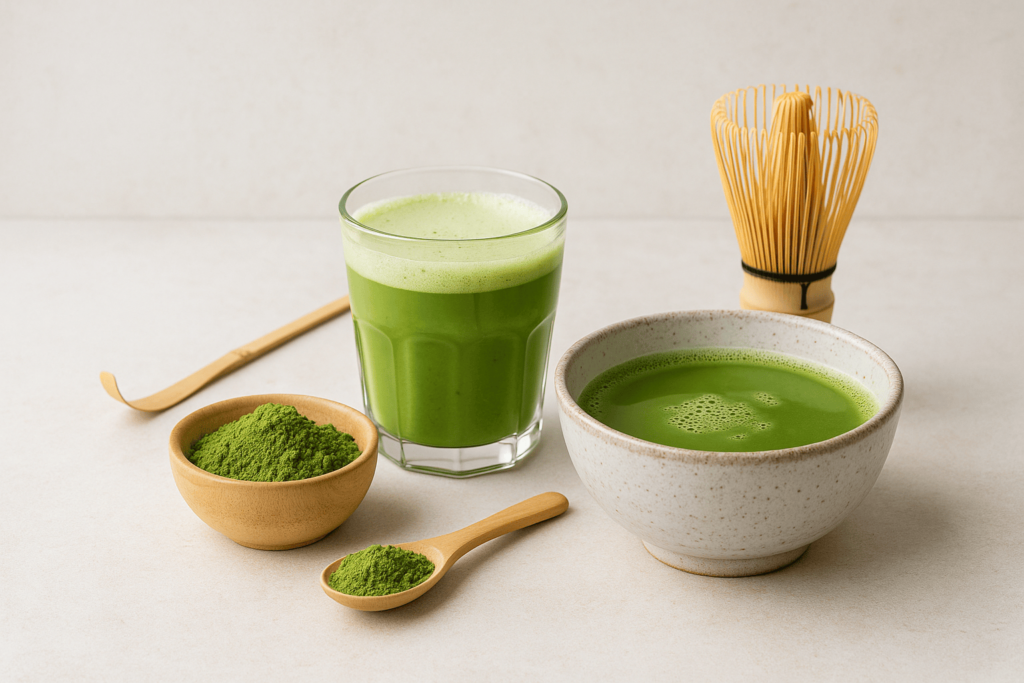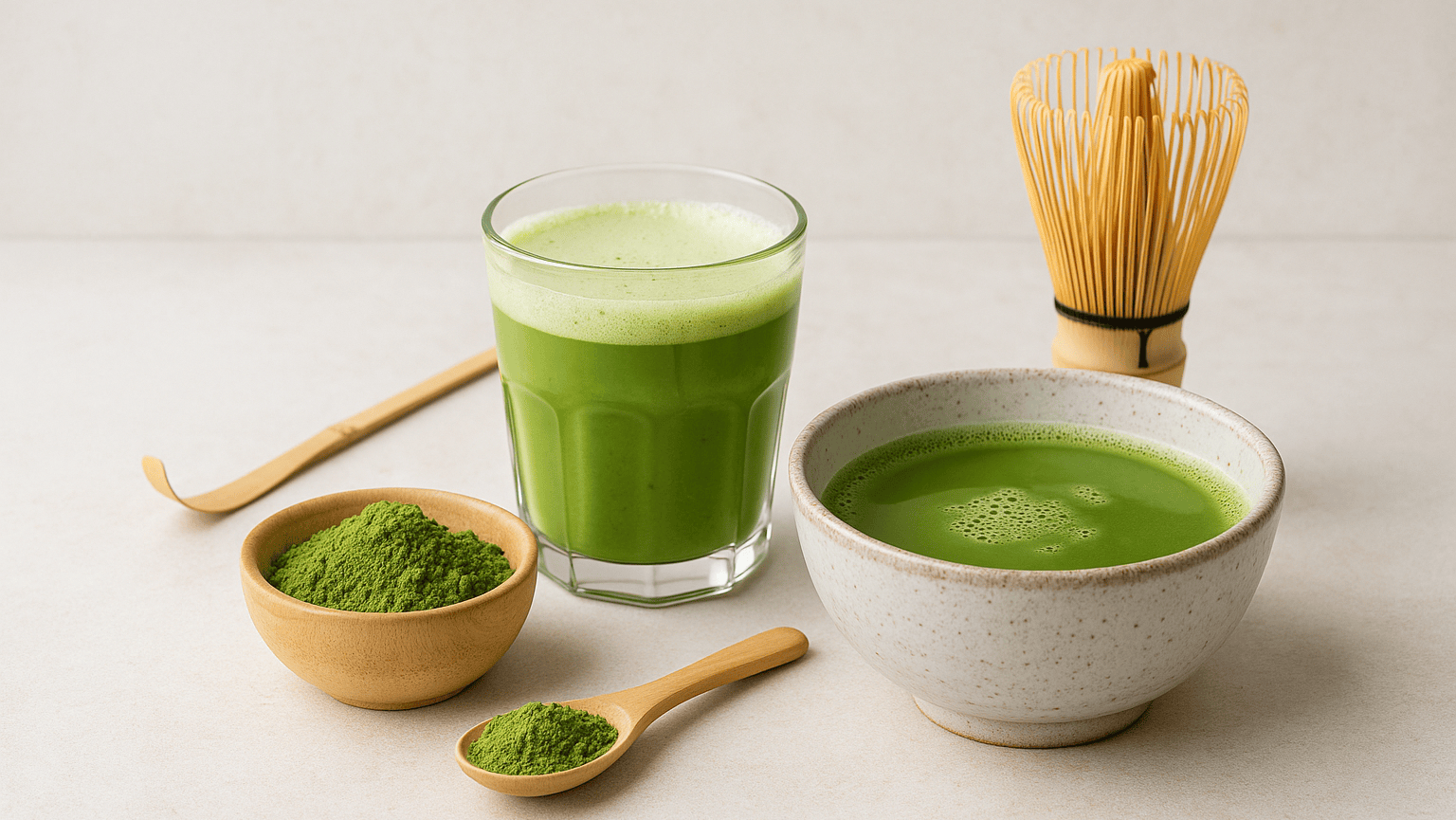In recent years, matcha has surged in popularity across the United States, evolving from a niche health drink to a mainstream wellness staple. From cafés offering it in lattes to fitness influencers touting its fat-burning properties, this vibrant green powder is now firmly embedded in the modern health and lifestyle landscape. This article covers its health benefits, connection to weight loss, preparation methods, and how consumers are incorporating it into daily life.

What Is Matcha Powder?
Matcha is a finely ground powder made from specially grown and processed green tea leaves, traditionally used in Japanese tea ceremonies. Unlike regular green tea, where leaves are steeped and discarded, matcha involves consuming the entire leaf, offering a more concentrated source of nutrients and antioxidants. High-quality varieties, such as ceremonial grade matcha, are carefully cultivated in shaded conditions to boost chlorophyll and amino acid levels.
Health Benefits of Matcha
The health benefits of matcha are among the primary drivers of its popularity. Matcha contains high levels of catechins, particularly EGCG (epigallocatechin gallate), a type of antioxidant known for its anti-inflammatory and anti-carcinogenic properties. It also contains L-theanine, an amino acid that promotes calm focus without the jitters commonly associated with caffeine. Key matcha green tea benefits include:
- Improved mental clarity and alertness due to the unique combination of L-theanine and caffeine.
- Support for cardiovascular health by reducing LDL cholesterol and improving blood flow.
- Detoxification aided by the high chlorophyll content.
- Enhanced immune support, thanks to the antioxidants and vitamins A & C.
Popular Matcha Recipes: From smoothies to baked goods, matcha recipes are easy to incorporate into various diets. Matcha chia pudding for a fiber-rich breakfast. Matcha protein balls for a quick energy boost. Matcha pancakes infused with coconut flour and almond milk.
Matcha Green Tea and Weight Loss
Interest in matcha green tea weight loss effects has grown significantly. Several studies suggest that EGCG can boost metabolism and increase fat oxidation during exercise. Because matcha is calorie-free when consumed without sweeteners or milk, it’s often used as a natural alternative to sugary beverages in weight-loss regimens. While it is not a magic solution, when combined with a healthy diet and regular exercise, matcha may offer support in achieving weight management goals.
How to Make Matcha Tea at Home
Understanding how to prepare matcha tea correctly is crucial for experiencing its full flavor and benefits. The traditional method involves whisking matcha powder with hot water using a bamboo whisk, known as a chasen. Here’s a step-by-step guide:
- Sift 1–2 teaspoons of best matcha powder into a bowl.
- Add a small amount of hot (not boiling) water—ideally around 175°F.
- Whisk in a zigzag motion until the mixture becomes frothy.
- Enjoy immediately, plain or with a dash of lemon. Choosing the Best Matcha Powder
With the rise in demand, the market is flooded with options, making it important to identify the best matcha green tea powder for your needs. Here are some tips:
- Ceremonial grade matcha: Ideal for drinking on its own, offering the highest quality and flavor profile.
- Culinary grade matcha: Suitable for baking and smoothies; more robust in taste but less expensive.
- Look for matcha sourced from Japan (e.g., Uji or Nishio), which is considered the gold standard.
- Packaging should protect from light and air to preserve freshness.
Understanding what is matcha powder—and differentiating between grades—empowers consumers to make informed decisions based on quality and use case.
Matcha’s Role in Modern Wellness Culture
Beyond its nutritional profile, matcha aligns well with broader wellness and design trends in the U.S. health food market. Matcha cafés often reflect minimalist aesthetics, echoing the visual calmness of Japanese interiors. Digital content, including clean product packaging and video tutorials on how to make matcha tea, resonates with health-conscious consumers seeking both function and form.
Conclusion: The matcha movement is more than a fleeting trend—it represents a merging of tradition, science, and modern wellness values. From its documented benefits of matcha tea to its application in various matcha recipes, matcha continues to grow as a staple for those seeking health and mindfulness.
